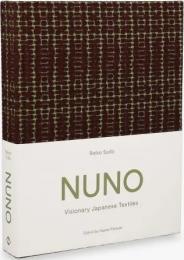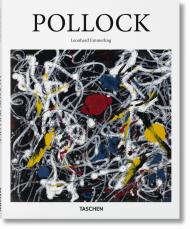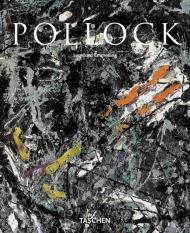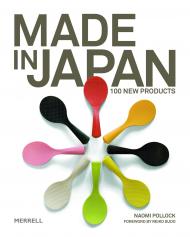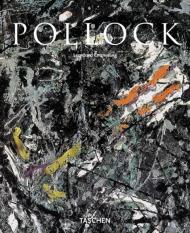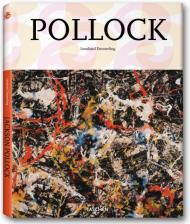Quirky, surprising and entertaining - with more than 400 houses, Jutaku is architecture at the speed of Japan.
Frenetic. Pulsating. Disorienting. Japan's contemporary culture is constantly in flux. In stark contrast to the centuries old imperial architecture of Kyoto, recent Japanese architectural practices have ushered in an era of continuous experimentation.
With 500 houses, one house per page, one image per house, Jutaku: Japanese Houses is a fast-paced, "quick hit" shock to the system that shines a Harajuku-bright neon light on the sheer volume, variety and novelty of contemporary Japanese residential architecture.
Featuring the work of many of Japan's most famous architects including Shigeru Ban, Sou Fujimoto, Toyo Ito, Kengo Kuma, Jun Igarishi, Shuhei Endo and dozens of up and coming and completely unknown young architects, Jutaku is organized geographically taking readers on a bullet train journey across Japan's architectural landscape. Essential reading for architects, designers and fans of contemporary Japanese culture.
About the Author:
Naomi Pollock is an American architect who lives in Tokyo where she writes about design in Japan. Her work has appeared in numerous publications on both sides of the Pacific, including A+U, Dwell, Jutakutokushu, Wallpaper* and Architectural Record for whom she is the Special International Correspondent. In addition, she is the author of Modern Japanese House and Hitoshi Abe (both published by Phaidon Press), Made in Japan: 100 New Products, as well as the co-author of New Architecture in Japan.



